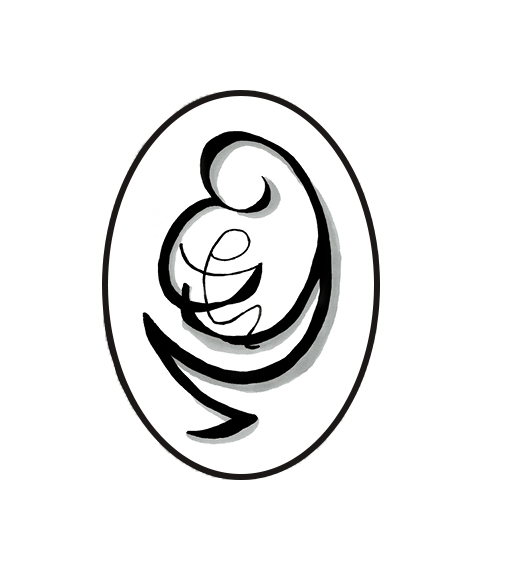Imagination
It’s not just in your head
As soon as I mention creativity, visualisations or art making of any kind, a frequent reaction is something like, oh no I can’t do that, I’ve got no imagination.
Let me start by saying everyone has an imagination, it’s an integral part of the mind and it functions as part of the personality.
Consider if you will, the idea of a glass half full or empty sort of person. Both see possibilities in a situation but the one with the strongest emotional response to those possibilities is the one that can’t let the image go.
Just think about someone you know that worries a lot and ask yourself would you say they have a great imagination. It takes a considerable amount of imagination to constantly picture worst case scenarios.
The reality is, that from the time we were young children, we think in pictures whether we realise it or not. Trouble is that our bodies don’t know when the picture is not real. It produces the chemicals to matches the movie running in your mind regardless of whats playing.
Now go back to the person who worries a lot and think about the chemicals they are constantly producing, flooding their body all day long and ribbing them of sleep at night time. Imagining dangers and disasters all the time will activate the threat response and the body will release adrenaline and cortisol into your bloodstream, even though the threat is not real. It’s all in your imagination but that doesn’t mean it’s all in your head.
The strain and exhaustion experienced by a body that believes it is under constant threat are enormous and can be overlooked as causal when it comes to ill health.
Using the Imagination on Purpose
Understanding how the imagination works with the body means you can begin to use it on purpose. Imagining positive outcomes releases corresponding chemicals that help improve wellbeing and the old idea of imagining your happy place when you are very anxious, does actually work.
The simple act of breathing deeply has a similarly positive effect on the chemical cocktail you produce, bringing your body into a calm state.
You can use your imagination in simple ways like colouring-in, making mandalas, or drawing as a daily practice in your journal. A Creative Practice can improve concentration as well as soothing the nervous system when you are feeling anxious, which in turn helps you think more clearly about what's going on in your life.
Noticing this body/mind connection is a first step towards using it as a way to resource yourself when you need it most.
Don’t take my word for it, try this next exercise for yourself and see.
Close your eyes and picture yourself standing in your own kitchen holding a lemon.
Feel the waxy texture of its yellow skin and the round firmness of its weight.
Raising it up to your nose, breathe in the tangy fragrance of the lemon.
Allowing your nail to pierce the skin and inhale the zesty aroma.
Nothing smells quite like a lemon, does it?
At this point, if you have used your imagination well, your mouth will be watering. Now take a knife and cut the lemon in half. Clearly see the juice glistening in the sunlight as the lemony smell gets stronger and stronger.
Cut a slice from one half and slowly, raising it to your lips pause with anticipation.
Bite deeply
What this exercise shows us is, what we imagine has effect on the physical body. In this case the salivary glands. The picture of a lemon in your mouth made your body go to work providing the saliva needed to wash away the juice.
The fact that this was only an imaginary lemon, made no difference to your brain. The brain takes information in and acts accordingly.
Now that you've established that your body responds to your imagination the same way as it does in real situations, doesn't it make sense to monitor its activity and begin to interact with your imagination on purpose?
Understanding the mind/body relationship is more significant and useful than any understanding you might have about either one on their own. In fact, I would go as far as to say that neither one can be fully understood without a recognition of the impact one has on the other. Essentially the balance of that relationship is what we call good mental health.



